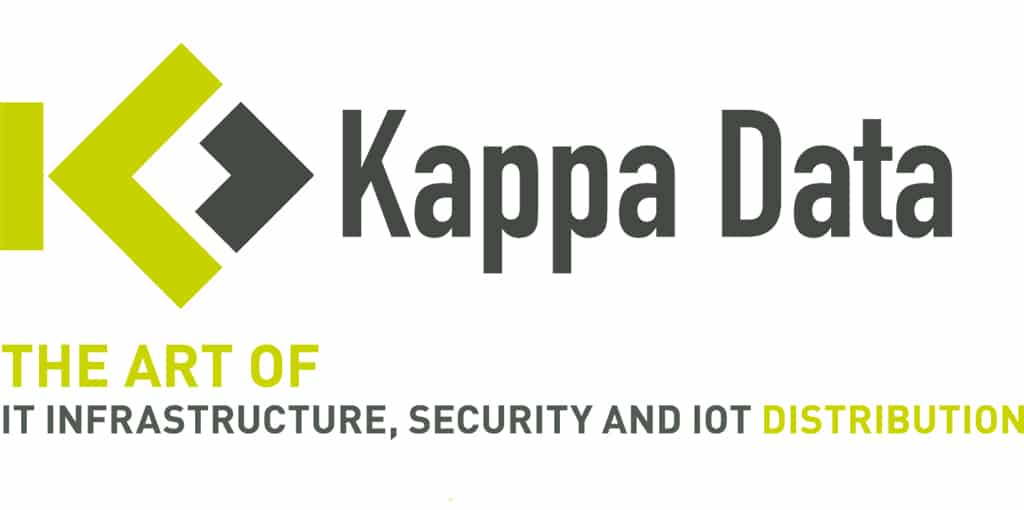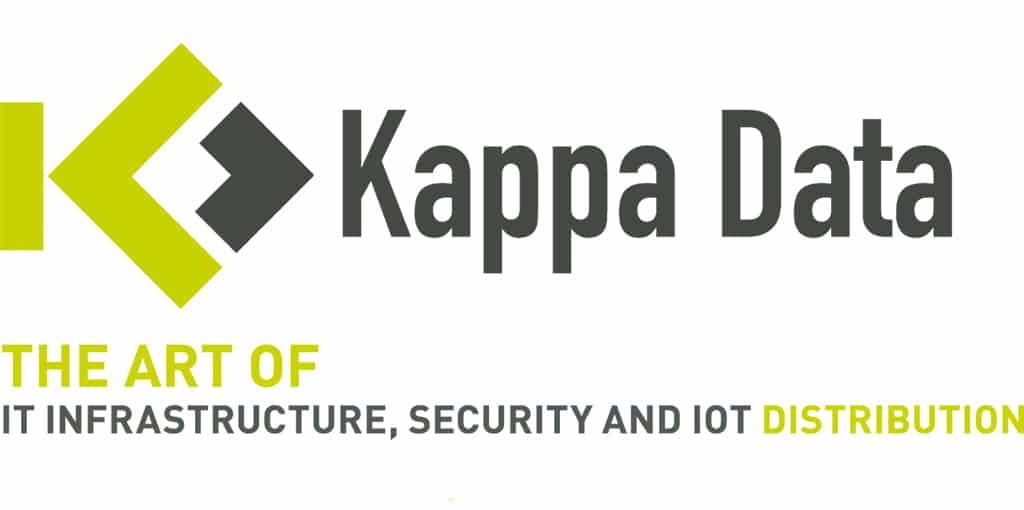Networks that combine telemetry, workflow-automation, DevOps and AI
Self Driven Networks
What are Self Driven Networks?
Self-driven networks are networks that combine telemetry, workflow-automation, DevOps and AI. By combining all these techniques, the network can adapt in a responsive way to the changing circumstances.
Besides this, a self-driven network can also detect proactively certain problems and changes in the network to avoid problems and interruptions.
The concept self-driven network is not only about the network. The user experience is key. That’s why the infrastructure needed to manage the network can’t be an issue anymore. This is not the part where most of the resources of the IT-team should go to. Because of this philosophy a self-driven network is fully Cloud-based in terms of management and monitoring.
A self-driven network also isn’t dependent on the infrastructure needed to manage it. It doesn’t matter if the network is small of large, the infrastructure scales when the network is growing.
Aspects of Self Driven Networks
A self-driven network is built on multiple aspects:
- Self-discover: The network discovers changes in terms of hardware, software and network. It uses this data to run the decision process.
- Self-Config/Self-Organize: When specific changes are occurring, the network makes changes to anticipate.
- Self-Monitor: A self-driven network doesn’t need a separate monitoring system. The network is continuously monitored on different parameters and responds or reports when needed.
- Self-Diagnose: When there are anomalies, the network will use AI and Machine Learning to search for the cause and a possible solution.
- Self-Healing: When the network is in a degraded state due to changes or problems, the network will respond and will bring the network back in a healthy state.
- Self-Report: When there are certain problems that can’t be solved, the network will create events or actions for the IT-team.
As a result you actually get a continuous cycle. Data enters the cloud (network traffic, logs,…) and the network analyses this data. Based on this analysis, the network will make certain decisions (optimisation of the network). This way you get a new network configuration (e.g. in case of WiFi adjusting channels, power,…) which will generate new data to be analysed by the network.
Juniper Mist
Juniper Mist has a virtual assistant that collects the data from the network, processes it and creates a number of actions/alerts based on it. It is also possible to ask the virtual assistant questions such as:
- Who are my unhappy users?
- Why is the iPhone of Bert having problems?
There is also a very powerful query language that makes it easy to perform troubleshooting sessions. It also offers packet dumps that allow you to see in detail which packets were passing through the network at the time of the problem.
Juniper is also working on integrating the rest of its portfolio (EX switches, Session Smart Routers and Firewalls) into the ecosystem in addition to wireless and, in this way, including data from all network layers in the algorithm.
Juniper Networks Apstra
Juniper Apstra automates the setup of data center networks across different vendors and environments and then, most importantly, assures that it operates as the customer wants and eases how they identify and resolve issues and make changes.
Since the acquisition, enterprise, service provider and cloud operator customers have found that Apstra is the answer they’ve been looking for, whether they are:
- Undertaking a full data center modernization or adding a few new racks
- Establishing a large multi-site setup or a basic 2×2 switch fabric
- Managing a Juniper fabric or another vendor network environment
With Apstra, customers have achieved 90% improved time to delivery, 70% faster mean time to resolution (MTTR) and 83% OpEx reduction.
Extreme Networks
Extreme Networks is already known for their CloudIQ ecosystem where access points, switches and 3rd party devices (monitoring via the XIQ Site Engine) can be managed. Recently it also made the CoPilot available.
The CoPilot processes all data using Machine Learning and AI and then shows in one page what possible problems are on the network. In this way, it is faster to find what possible problems are and easier to troubleshoot.
Extreme Networks is also working on the AutoPilot which also solves problems by itself when needed. This way it is a self-healing product.
Extreme Fabric Connect
Extreme Fabric Connect is a high-performance networking architecture that leverages fabric technology to provide scalable, flexible, and resilient connectivity across an organization’s network. It uses advanced protocols to create a mesh-like structure that simplifies network management and enhances performance.
Extreme Fabric Connect differs from traditional networking by using a mesh-like architecture that allows for more efficient and direct communication between devices. This reduces latency, improves redundancy, and simplifies network management compared to traditional hierarchical networking models that rely on a more rigid, tree-like structure.
It simplifies network scalability by allowing for easy addition or removal of devices and links without significant disruptions. Its mesh-like architecture supports horizontal scaling, enabling organizations to expand their network capacity seamlessly as their needs grow. Automated configuration and provisioning further facilitate rapid scaling.
Why choose Kappa Data?
Technical expertise
Kappa Data supports resellers and customers with comprehensive technical expertise, training courses and guidance. Our technical and presales teams are always on hand for you!
Personal touch
At Kappa Data, you enjoy a very personal and professional approach; from rapid quotes to demos and customer-friendly service with regular contact people. We’re here for you.
Outstanding service
Kappa Data is a value-added distributor that helps you find solutions. We make sure that all the parties involved are happy, and mediate where necessary should conflict arise.
What our customers say
A recognized integrator in Luxembourg for many years, SIMAC PSF relies on a well-established partnership with Kappa Data for security solutions.
Simac, Claudia Koenig




